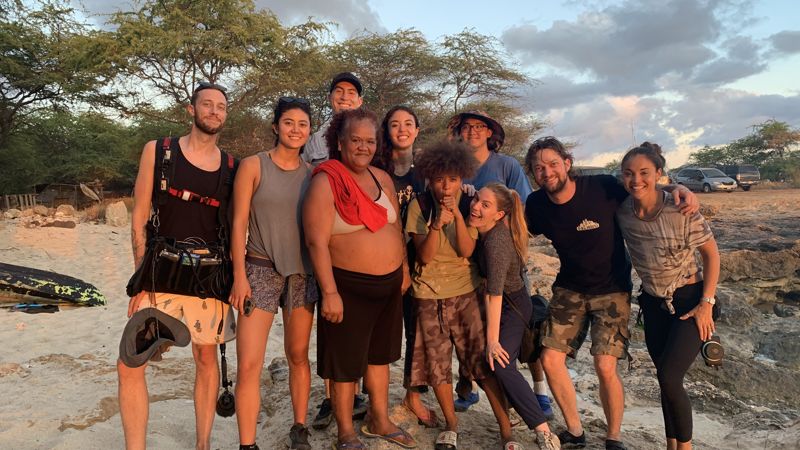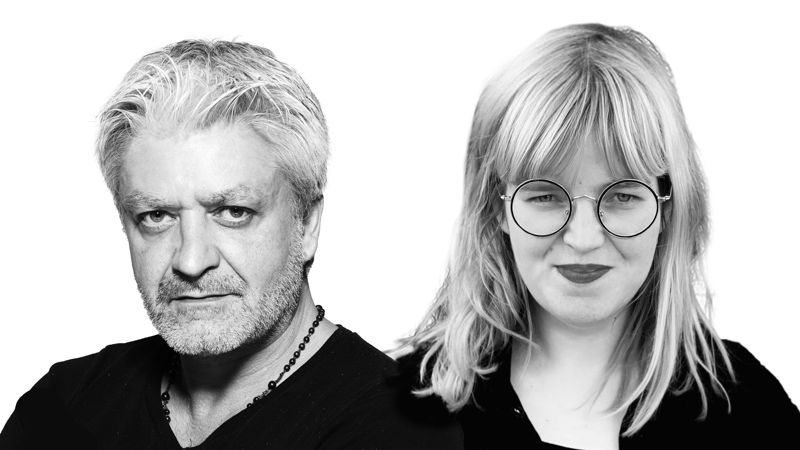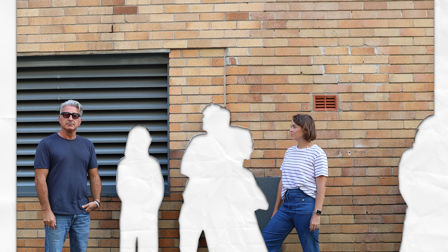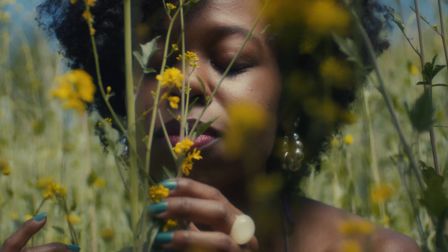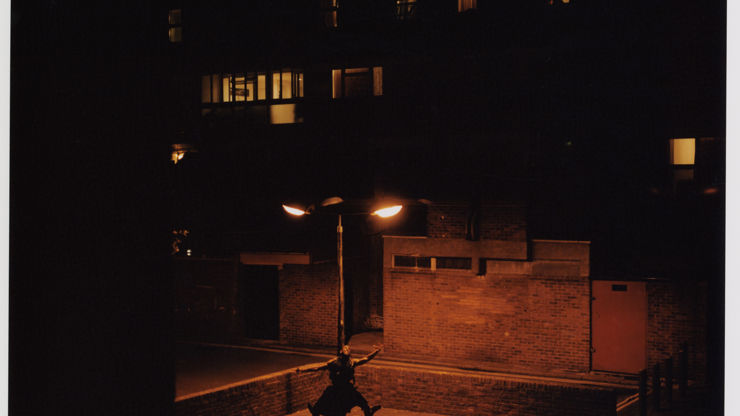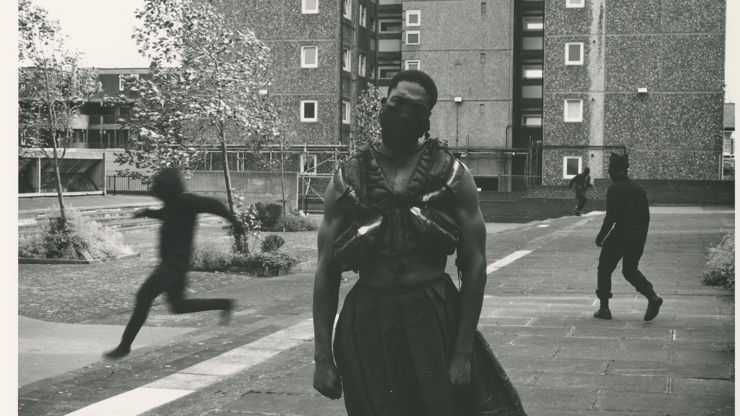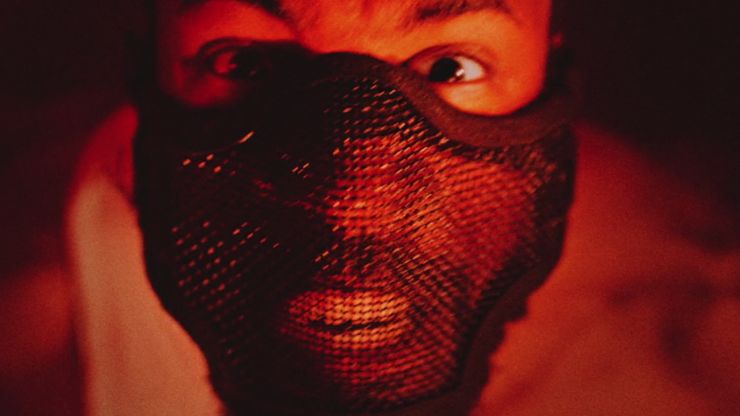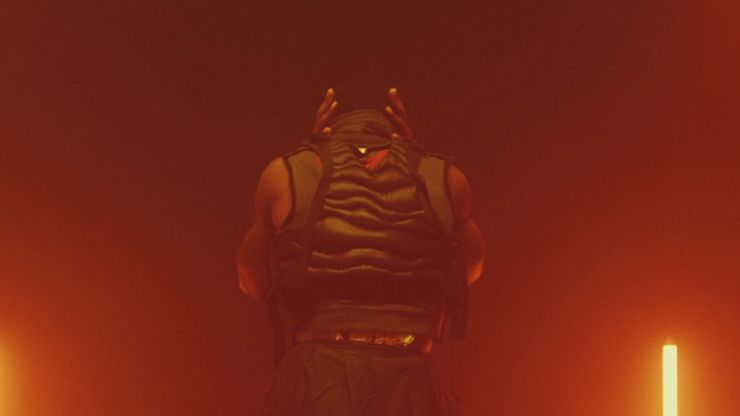Korrie Powell: Confronting the rage
Korrie Powell's new film and photographic project, RAGE, is a powerful, self-reflective exploration of the relationship between Black men and masculinity. Here, the young director and photographer delves into the meanings behind the film, and the reasons for making it.
A director and photographer of Jamaican heritage, Korrie Powell has recently released a short film called RAGE.
The film [below] explores the complex and often turbulent relationship Black men can have with masculinity and vulnerability, portrayed through the protagonist’s mental journey between himself and his reflection. With emphasis on the complexities of the self, the project, says Powell, aims to engage Black men in a conversation about their mental health and how vulnerability doesn’t equate to weakness.
I wanted to artistically use photography and film as a way to visually convey an honest depiction of the experiences of Black men through a Black lens.
Powell collaborated with fellow photographer Jesse Crankson to create a cohesive project that, along with the six-minute short, also includes a photographic series which expands on the project’s themes by taking the surreal elements of the film and grounding them in reality.
Below, Powell, who has already directed and shot photography for brands including Absolut, Audi, Burger King and Samsung through his association with BBH's Black Sheep Studios, discusses the impetus for making the film,
Credits
powered by
-
-
- Director Korrie Powell
-
-
Unlock full credits and more with a Source + shots membership.
Credits
powered by
- Director Korrie Powell
- Co-Director/Editor Jesse Crankson
- Assistant Director Joviel Ventour
- DP Ray Miller-Davis
- Colourist Danny Wood
- VFX Artist Kieran Baxter
- Sound Designer Mark Dobson
- Composer Haich Ber Na
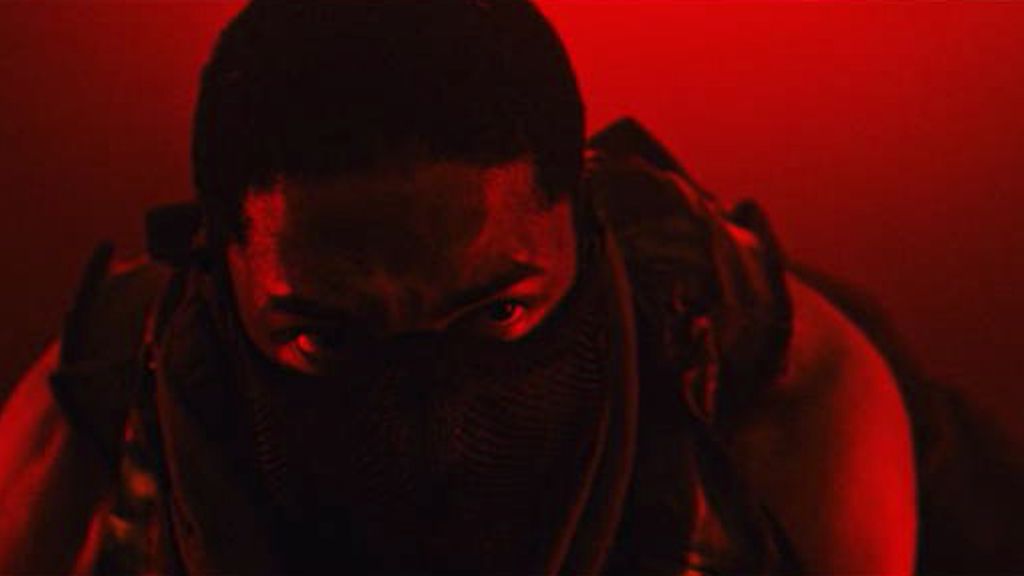
Credits
powered by
- Director Korrie Powell
- Co-Director/Editor Jesse Crankson
- Assistant Director Joviel Ventour
- DP Ray Miller-Davis
- Colourist Danny Wood
- VFX Artist Kieran Baxter
- Sound Designer Mark Dobson
- Composer Haich Ber Na
Above: Powell's short film, RAGE.
RAGE is a very powerful set of images, both moving and still; what was the impetus to create the project?
RAGE is a project that came about through my experiences when I first began therapy in 2018. It helped me go through a process of unlearning. With a deeper understanding of myself and my emotions I wanted to artistically use photography and film as a way to visually convey an honest depiction of the experiences of Black men through a Black lens.
RAGE is a letter of self-reflection.
It's about vulnerability and masculinity; were you able to draw from personal experience the feelings portrayed in RAGE?
In short, yes. RAGE is a letter of self-reflection. Growing up Black in London, and being around Black men, I became more and more aware of the complexities of my Blackness. I often experienced moments where I was unable to fully express myself, and I realised that this is in part due to the misconception that vulnerability and masculinity are mutually exclusive.

Above: Director and photographer, Korrie Powell.
What first drew you to photography and is the subject of Black masculinity always something that has interested you?
I’m actually a director first, I got into photography during my late teens through my friend and mentor, Vincent Chapters. I saw it as a way to help sharpen my eye and get better at creating stronger images. Then, once I felt comfortable doing that, the next step would be to make them move visually. Black masculinity is definitely a theme that I aim to embody in my projects. It’s such a big part of my experience, so I’m always looking to delve into it more and showcase its nuances.
Black masculinity is definitely a theme that I aim to embody in my projects.
You're a photographer and a filmmaker; how and why did you segue from one to the other and which came first in this project?
I keep my work grounded within concepts, and work towards my specific style. The complexities of the themes I explore make it necessary for me to utilise both photography and film. As a visual artist, I naturally feel like it is more effective to tell stories through a multitude of lenses. For this project, the film came first because that’s how I originally saw it. I then used photography, collaborating with fellow photographer Jesse Crankson, to help build the world and showcase another side of the project, and add layers that could only be conveyed through still images.
The choreography and performance in RAGE is amazing; how did you find your actor and how much of the film was scripted versus improvised?
Honestly, we lucked out on this one as performer/artist tyroneissacstuart (Tyrone) was recommended by a mentor of mine. We went about planning the stages you see in the film and allowed Tyrone to work himself into it in a way that was most comfortable and reflective of his emotions being a Black man; it kept the whole process fluid and authentic. I added input when necessary, and worked with Simon Hoang, a choreographer, who helped fine tune movements.
Above: Two of the images from the photographic element of the RAGE project.
What was the most challenging aspect of creating RAGE?
It was a multiple of things. I think finding the right team that would be able to fully immerse themselves within the project, and relate to it personally. Being able to produce this project in the most cost-effective way, but ensure that that doesn’t have a negative impact on the result. Making sure that we got it right and let it build organically over time, rather than rushing through it and not having a cohesive body of work.
We live in a time of over-consumption, with ‘lifeless’ content constantly circling around us.
You're working with BBH's Black Sheep Studios; how did that relationship come about and what are some of the things you've learned since being there?
I have been working with Black Sheep Studios since March 2019, after they reached out to me whilst I was still working at Everyman Cinema. I didn’t know much about advertising at the time, but I was intrigued by what I could learn from them and how I could develop myself as a director. Since being here I have met great people who have been very supportive of me and my ideas. I have learnt a great deal, with some of the important lessons being that you should create work that makes people feel something. We live in a time of over-consumption, with ‘lifeless’ content constantly circling around us, it’s important to show people ads can still work and still have meaning. Another thing is to always make real, honest work, use real people and tell real stories, because there is power in that.
Above: Images from the RAGE film.
This month shots is focussed on diversity with advertising; what more do you think can and should be done to improve diversity within the industry?
The most effective ways are by reading, unlearning and hiring more BIPOC people. Increasing diversity within the industry can easily be overshadowed by tokenism and performative actions, so it is imperative that people are deliberate and genuine with what they do and how. Encourage and champion the stories of those who often go unheard, but also give them room to be themselves. There is only good that can come from increased representation.
The thing I want people to take away from this project is that, at some point, we will have to face ourselves.
What do you hope people who see RAGE will take away from it?
The thing I want people to take away from this project is that, at some point, we will have to face ourselves. Sometimes we won’t see a positive reflection of us; it may be a reflection that feels distorted, negative or unwanted but we should never try to bury that, or those feelings. Instead, you should embrace it, become willing to challenge your flaws, unlearn what you need to and understand that it’s not about becoming a perfect version of yourself but simply being aware of who you are and loving who that person is.
What are you working on next?
Getting enough sleep! I’m currently developing my next photography project, and I’m also in the early stages of creating my next narrative driven short film.
)
